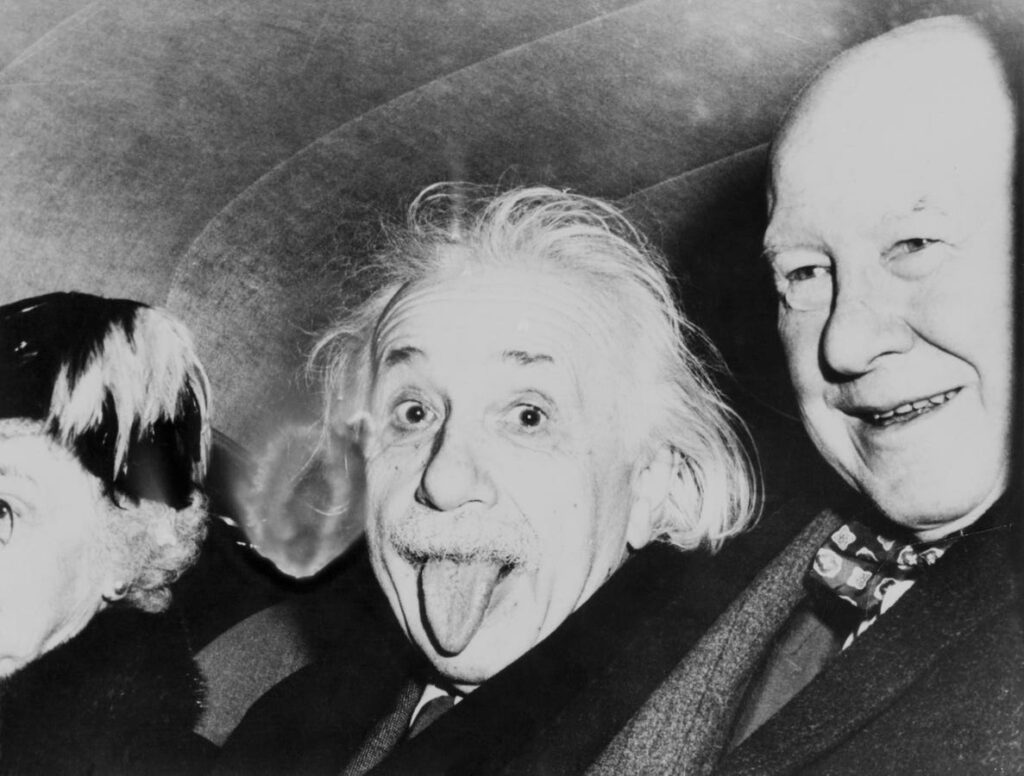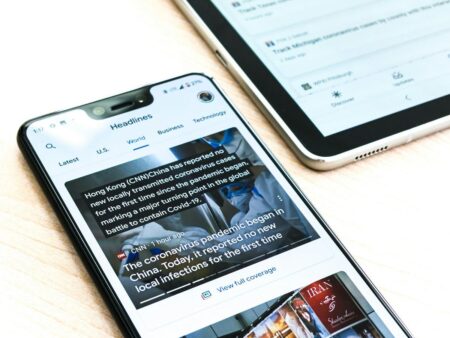You know your stuff. You’ve got the credentials, the experience, the hard-won insights. But if your marketing content’s falling flat, it might not be because it’s not good enough. It might be because you’re suffering from what psychologists call the curse of knowledge, a cognitive bias that makes it nearly impossible to remember what it’s like not to know what you know.
It leads to content that’s too advanced. Too insider. Too technical. Too… smart.
I see this constantly as a content editor. I once worked with an architect who’d written a flyer for his book aimed at general readers. The guy was brilliant, but his copy? Dense as concrete. Cantilevers, thermal bridging, fenestration ratios—I felt like I needed a degree just to understand what he was selling.
Then there was the financial advisor who opened his marketing piece by talking about monetary policy implications on long-duration asset classes. I stopped reading after that sentence. And I’m in marketing.
Here’s the thing: Their expertise wasn’t the problem. Their assumptions about readers were.
There’s a fix for the curse of knowledge, though. And it starts with something you learned in middle school.
Remember trying to add fractions?
Way back when, when you were in school, you learned that you couldn’t add ½ and ¼ until you found a common denominator, right?
Content works the same way. You can’t connect with readers unless you meet them where they are.
Look at these two ways to explain the same accounting concept:
- When you debit Credit Card Payable and credit Cash in Bank, you reduce both the asset and the liability balance.
- When you pay off a credit card, you owe less and have less cash in the bank.
Same information, but one version assumes accounting knowledge. The other assumes common sense. Here, common sense is your lowest common content denominator.
Researchers, psychologists, and learning scientists have written extensively about the curse of knowledge, including pieces like this one from PBS NOVA. The findings? Experts consistently overestimate how well their audience understands them.
The stats are brutal. As it turns out, most experts can articulate only about 30% of what they actually know. That means 70% of their knowledge stays locked away, leaving readers confused.
So, how do you fix it?
Four ways to escape the curse of knowledge and find your content sweet spot
I learned the following four strategies the hard way—through countless rounds of edits, confused client calls, and that sinking feeling you get when you realize your brilliant copy just made everyone’s eyes glaze over. They’re battle-tested fixes that’ll work when your content is too smart for its own good.
1. Start with what your audience actually knows
Before you write another word, look at your data. Where are people bouncing? What headlines get clicks but no scrolls? Where does engagement drop off?
Don’t just guess. Send a survey to your email list. Ask your sales team what confuses prospects. Listen to customer service calls.
I worked with a B2B SaaS company that discovered readers spent less than 15 seconds on pages packed with platform terminology. So we created a simple glossary hub. And time on site doubled.
2. Remember when you didn’t know what you know now
One time, I was helping a founder polish her website copy. She kept calling herself a “fractional CRO leveraging GTM optimization strategies.” Technically accurate—but entirely meaningless for most people outside SaaS and startup land.
So I asked, “What did you say in the early days, before you picked up all that jargon?” She said, “Oh, I used to say I help businesses make more money without hiring a full-time sales exec.”
Bingo. That’s what we put in her headline.
Sometimes, remembering how you used to explain a thing before you got smart and learned all the fancy terms is the fastest way to connect with someone who’s still figuring it out.
3. Map the knowledge gap
Don’t just mind the gap. Map the gap. List what your audience knows. Then list what they need to know to take action. Your content should bridge that gap, step by step.
Don’t jump straight to portfolio diversification if you’re writing for new investors. Start with compound interest. Then go to risk tolerance. Then move to basic asset types.
Build the bridge of knowledge one plank at a time.
4. Break it down again—and then again
Even when you think you’ve simplified enough, go further. Use analogies. Paint pictures.
I once edited a cybersecurity piece for a decision-making audience. The original said: “The application uses asymmetric encryption to protect session keys during handshake protocols.”
Again, technically accurate. Completely incomprehensible.
My rewrite: “Think of it like a locked mailbox with two keys—one public, one private. Anyone can drop in a message, but only the owner can read it.”
Same concept. Now even my mom could understand it.
The payoff is real when you break the curse of knowledge
Whether you’re writing blog posts, sales pages, or email sequences, these strategies for breaking the curse of knowledge work. They make your content accessible without dumbing it down. They keep readers engaged instead of confused.
Your expertise is an asset. But to share it effectively, you have to stop writing like an expert and start writing like a guide.
So, the next time you sit down to write, ask yourself: What does my audience understand right now? What do I want them to understand? What’s the lowest common content denominator—the simplest way to bridge that gap?
Then write it simply. Clearly. Powerfully.
That’s how you turn the curse of knowledge into a blessing. Expertise into connection. And connection into conversion and sales.
Read the full article here











